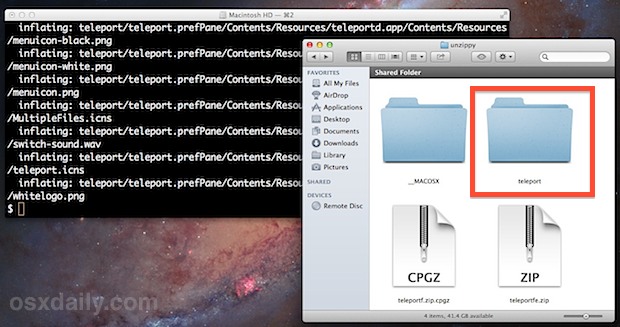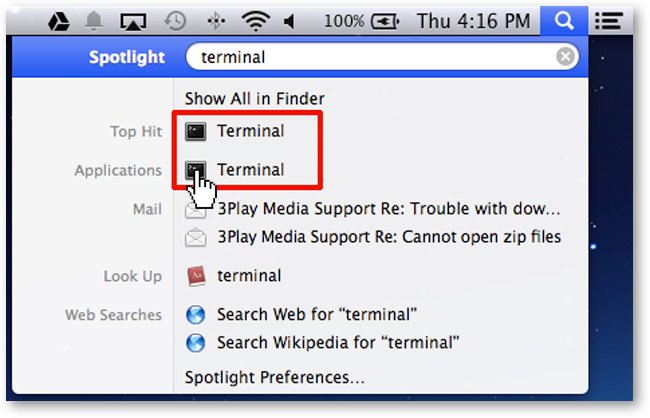


To Eject hdiutil eject /Volumes/archive_name/ To create hdiutil create -format UDZO -srcfolder folder_to_compress archive_name.dmg This one is macOSnative only – for a GUI interface use /Applications/Utilities/Disk Utility – for command line use: To extract gunzip archivename.gz DMG – macOS Only To compress tar -jcvf archive_2 folder_to_compress To extract tar -zxvf archive_ TAR.BZ2 – Cross PlatformĪ variation on TAR GZ but with better compression than both tar.gz and zip. To compress tar -zcvf archive_ folder_to_compress Second up is TAR, an old favorite on Unix/Linux – you add the GZ for the compression – compresses tighter than zip ds store files, use the “-X” option in the command so: zip -r -X archive_name.zip folder_to_compress TAR.GZ – Cross Platform If you want to make a zip without those invisible Mac resource files such as “_MACOSX” or “._Filename” and. To compress zip -r archive_name.zip folder_to_compress ZIP – Cross Platformįirst up is ZIP one of the most commonly used compression techniques used across all platforms

Here are some built-in compression applications you can use including zip, tar, gz, bz2, gz and dmg. A compressed file which contains files and folders is generally referred to as an archive. The default command line application interface in macOS is the Terminal and is stored in /Applications/Utilities.įile and folder compression saves on file size and ensures the contents are captured and delivered or stored as one monolithic file. Since macOS is based on Unix there are a number of ways to compress files and folders within the filing system using Unix based application code, below are a few options using the Terminal or command line interface (cli).


 0 kommentar(er)
0 kommentar(er)
